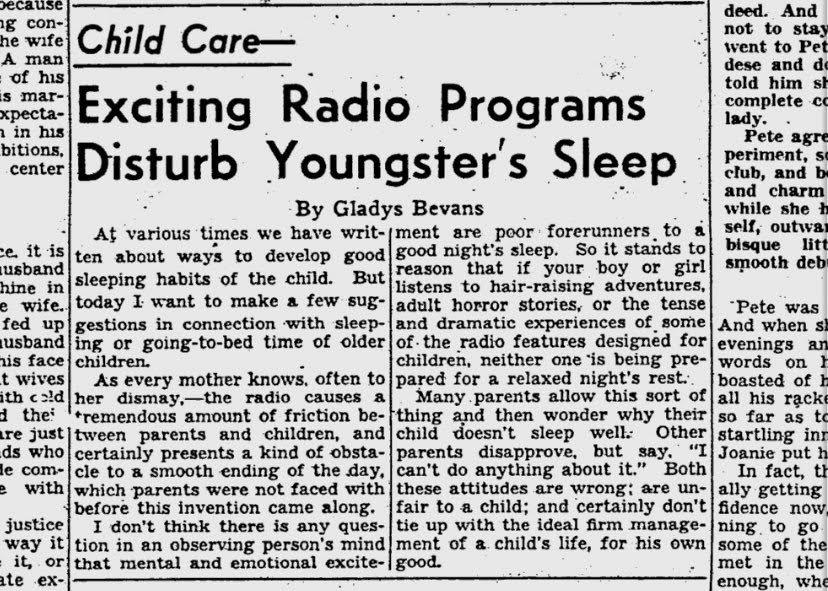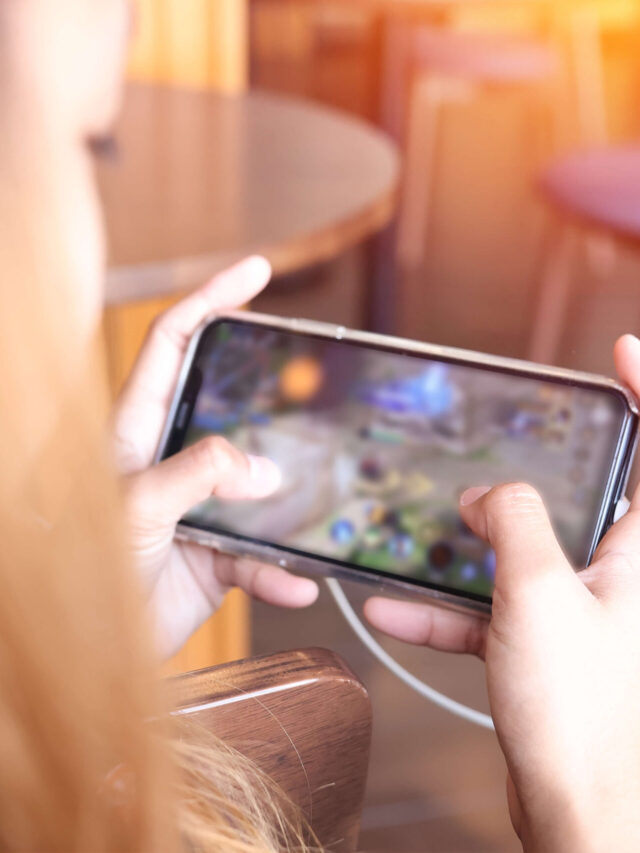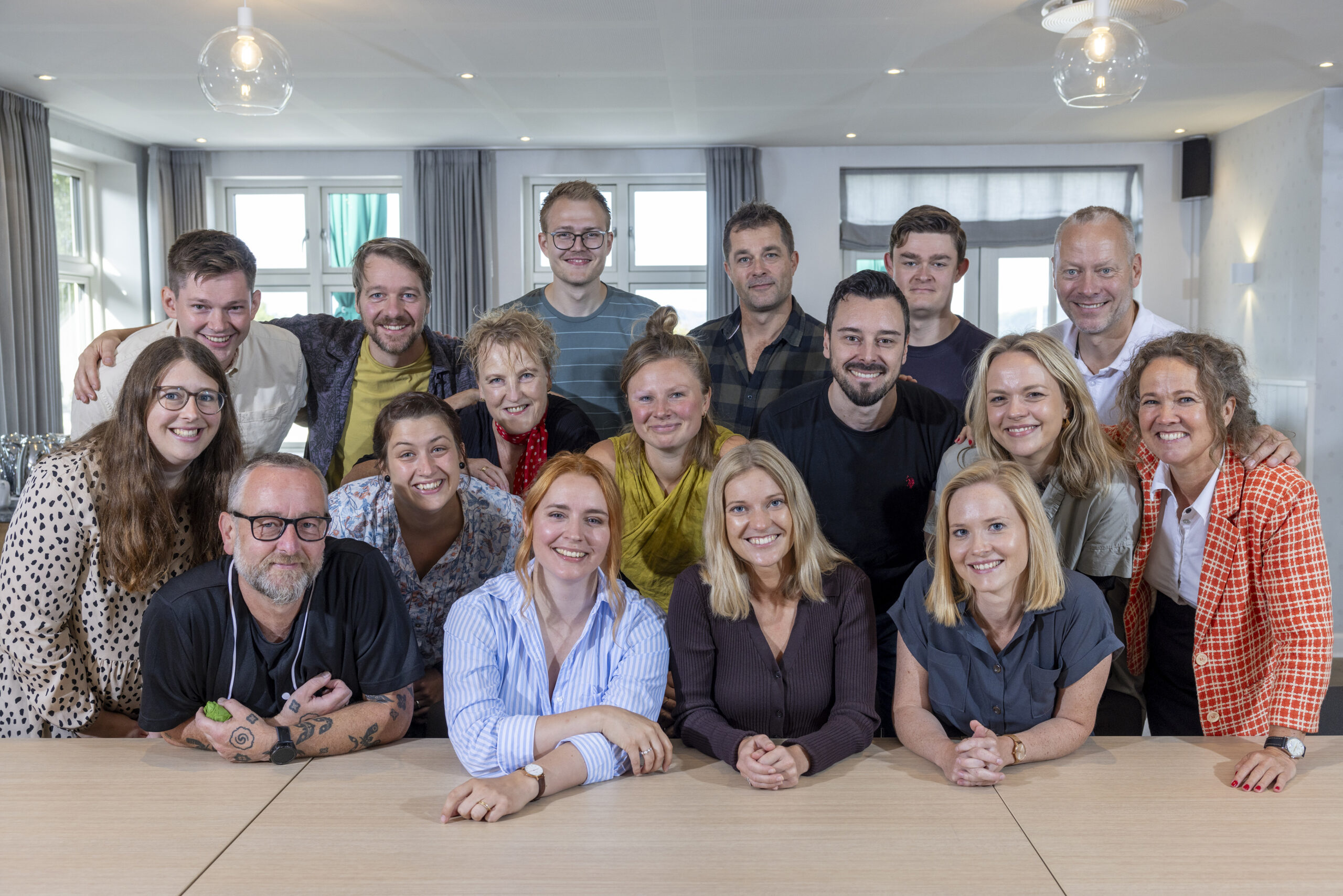Fortnite – benign or malignant?
Fortnite DOES cost money – eventually
Fortnite is free – in the beginning. Without a price tag, more children are inclined to try the game and participate in the digitalized party that their classmates are already participating in. The guaranteed popularity of the free-to-play games eventually becomes a self-fulfilling prophecy. In doing so, you make sure that children are acquainted with the important aspects of the Fortnite-culture, particularly the dances, soundtrack and the silly feeling of the game. A game that everyone in the child’s class has tried. A game that is suitably fun and silly. And, last but not least, a game that quickly becomes an important part of the social structure in the schoolyard and during recess. Free-to-play games make sure that all the children get a small sample, and that small sample looks exceptionally tasty – because all one’s friends have already been there.

The thing is, though, that Fortnite won’t stay free forever. It is a sad fact that there exist incredibly few games that are as well designed and as well executed as Fortnite, and where the developers don’t have any intention of making money. In Fortnite, the immediate price tag has been removed and delayed until later in the game. Every second or third month, the areas of the game are updated along with new competitions featuring prizes like skins and virtual currency. In other words, playing online suddenly kicks it up a notch and is made more fun and cooler for the gaming youth. But the updates and the many extra gimmicks will cost you – usually a little under 100 DKK. At first glance, this seems like a small price to pay to stay “cool” with all the other kids in school.
However, Fortnite makes sure that the economic hook is latched on properly, and, of course, a lot of in-game content, like skins for your weapon or costume and emote-dances that are usually reserved for the best of gamers, can be acquired through the spending of V-Bucks, the in-built currency of Fornite. One single skin can easily cost several hundreds of DKK, and even though they are not necessary nor give you any in-game advantage, it is never fun to be the only kid on the (digital) playground that doesn’t have the “right clothes”.
Case in point: Fortnite-accounts with the “cool” skins can be sold for thousands of DKK.
Are gamers mentally ill?
Fortnite is not a social prison of isolation for children nor adolescents. The addiction-rhetoric has had a large presence in Danish media and has prevailed at producing headlines portraying worries and the abyssal depth of the “generation gap” when in fact Fornite, and other popular videogames, are not dangerous for your heart and your brain – and it’s not putting children and adolescents in danger either. At the moment, Danish research suggests that gaming is a healthy hobby that doesn’t threat personal well-being, frontal-lopes or production of dopamine. It is emphasized that “addiction to gaming” is a rhetoric created for the purpose of selling rehabilitation-solutions and “understand your child”-guides and is ultimately the cause of a misunderstanding of teenage-life in the year of 2019, and why some decide to live it though computer-screens at home.
The reign of videogames has distorted the usual perceptions of the life of teens and youth; where it was usually going all out in the after-school centre or on the football pitch, the life of a teen is suddenly in one’s room with the door shut, curtains rolled down and with headphones put on so tight that you fall deaf to the plea of the parents regarding a full family dinner. But have they truly altered teen-life to such a degree? It seems an everlasting anchor in growing up that at some point, you seek away from the family and “the others” and make new acquaintances and hobbies far away from the safe arenas of childhood. You declare independence and a life without the need of help from others – “I can do it myself!”
This was the case for those who grew up without the Internet, and it will most likely stay that way for generations to come.
There is no scientific evidence that justifies diagnosing children and young people with “addiction to gaming”. More likely, it will remove focus from the problems that excessive gaming can be a symptom of. At Center for Digital Pædagogik, we often find ourselves working with child and adolescents where the games take up a lot of space and, at first glance, look like an obstacle for a healthy teenage life. However, time and time again we see that gaming is used as a tool by the youth to try and mend a vulnerable state of being. Maybe they don’t know how to play with their peers in the schoolyard; maybe they are bad at interpreting the rules in the classroom; or maybe they need to be able to act in their own pace. They are able to control all of this through videogames. In videogames, they can turn all the dials up or down as they please, they can control the pace and volume of their own environment and, in a sense, be a champion of the world in their own little niche. When children and adolescents are only capable of achieving success in a digital environment, they will keep coming back to it. This doesn’t mean that it is unhealthy – it means that all other environments are broken.

However, the hook that Fortnite has latched on to the players are not without risks. To make sure that the free-to-play product isn’t taken for granted, Fortnite has been programmed with several hooks to make sure that the player has to return to the game every day. To earn enough V-Bucks to buy all the right cosmetic upgrades, you have to either win a lot of battles – or be sure to get the bonus that is offered 3 times a day. A string of daily challenges is offered up for the chance to earn a lot of extra V-bucks, but the amount you can earn a day is finite. This means that you have to log on and play a couple of games every day in order to remain one of the “cool guys” on the server. The emphasis on the shortage of V-Buck and social necessity can put young gamers under a lot of unhealthy pressure, especially if they highly value the digital community because they, for example, don’t thrive in other environments.
Research has also shown that gamers, that might have traits worthy of a diagnosis as “gaming-addicted”, didn’t experience any complications related to health or well-being as an effect of the so-called “addiction”. Furthermore, the “addiction” was shown disappear by itself after half a year as their individual life crises, such as break-ups, loss of job, social challenges and so on, was solved.
Back in the 90’s…
One of the most pressing modern concerns regarding gamers is regarding the expected social impact. “If you just sit in the front of the computer all day, you don’t learn to be social, and you will end up alone and with no friends.” In the olden days (which in my case means the middle of the 90’s), videogames were often a lonely affair that took place once in a while in the basement occasionally with a visit from other dedicated nerds. Often though, it was only populated by one self and the meter-high stack of empty pizza-boxes. The myth of the lonely nerd is still alive and kicking despite the fact that videogames, and the environment it is circled around, has been highly and socially acceptable in almost all youth clubs, sports clubs and social circles. Today, you meet and play together. It is a solid challenge for adults to teach children and adolescents to play together on a digital platform, but that doesn’t mean it’s impossible. Sport- and e-sport clubs usually highlight the social aspect as the reason that their members meet up. “Gaming Gruppen”, a project made by Center for Digital Pædagogik, uses videogames as a social instrument for vulnerable children and adolescents. By 2019, it has been established in 4 municipalities besides Aarhus, where it has been implemented as a pilot project since 2015. Videogames are ready to be used socially, and children and adolescents seek it out, but us adults are challenged in regards of helping them play together across the screens.
In regard to working with digital youth care, it is important to let the digital aspect ride in the backseat; youth care and education does not depend on the media it is present in, and the rules that you would be lectured about in the schoolyard and in the home also applies to the videogame. There are still words we don’t call each other, there are still rules about behaviour like trip your teammates up because “it’s fun when they get mad”, and there is still an understanding of not letting down your friends. Education, nurturing and youth care always applies. Even if it is difficult as a non-nerd to know the difference between Fortnite, League of Legends and all the others, you can always recognize good prosocial behaviour and support it.
Fortnite is the most popular videogame among children right now. 9 to 12-year olds play it every day, and wherever they go, it is the big topic of conversation. That is not a bad thing; this presents an opportunity to take a good look at digital education and virtual friendships. Fornite is unique in the sense that from the very beginning, it has been running to be the cultural phenomenon it has become today – the quality of the game itself is secondary in relation to the quality, communication and sportsmanship, and the economic model leaves much to be desired, especially with the youngest audience. When Fortnite must find its place in the life of children and adolescents, we as adults should pay attention to what we wish for the game to be used as. Should it be a fashion rat-race where you only matter if your character wears gear made out of several years of allowance, or should it be a digital sandbox where you play together to try and beat the other team? Should it be a disgraceful environment where you need to participate, without parental knowledge, to be one of the cool kids in the schoolyard, or should it be playground you talk about at dinner, similar to the football pitch or the pillow room?

Fortnite is here to stay – until another videogame phenomenon takes over. We can’t kill it with raised fingers and assurances that gaming is a waste of time or that sport is much better for your childhood. Science and research say that videogames aren’t dangerous or harmful. As adults, we have a responsibility to participate in the children’s hobbies and make sure that they are practised in a healthy and sensible way. In the same way that you wouldn’t trap 22 children in a medium-sized grassy field with only 1 ball and no adult supervision, neither should we do the same with Fortnite or other videogames. Fornite presents a lot of risks, especially for the very young – And as adults, it is our duty as adults to be acquainted with these. We need to have an impact on the game, support proper education and shape the growth – in real life as in Fortnite.]]>






Hvis du vil sætte et par ord på din feedback, vil det hjælpe os rigtig meget til at forbedre vores indhold.